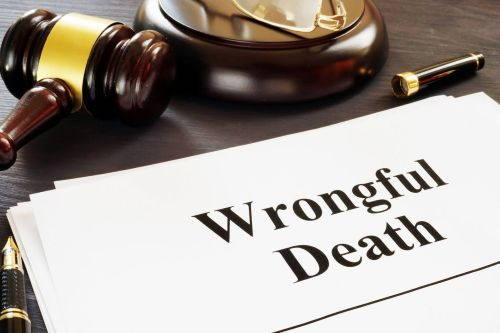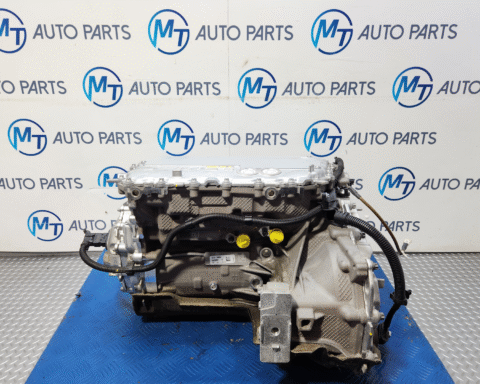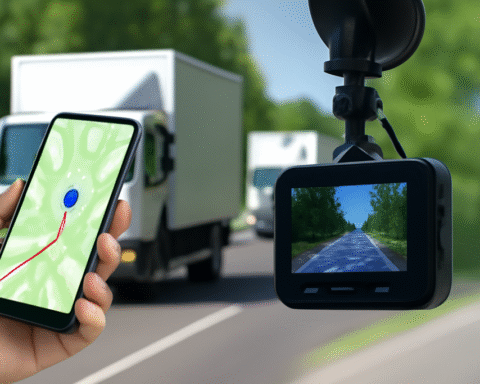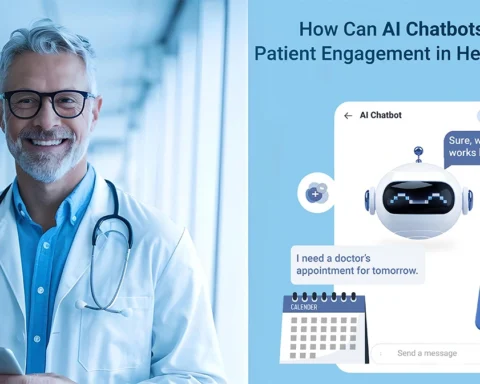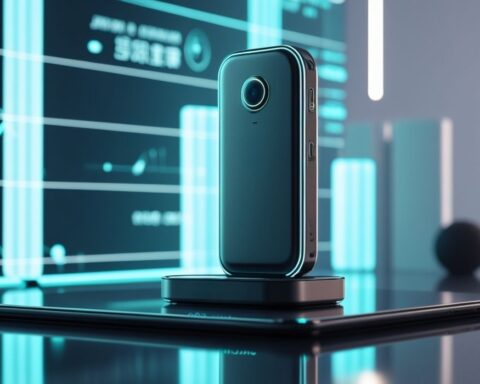Technology continues to accelerate in every corner of life—autonomous vehicles, AI diagnostics, Internet of Things sensors, and digital forensics all promise new levels of safety and insight. Yet alongside the promise comes new complexity when tragedy strikes, especially when a human life is lost due to negligence, malfunction or unforeseen interaction between systems and humans. As families search for answers and justice, the role of tech becomes both a tool and a challenge in the context of liability.
When a fatal outcome arises and survivors consider legal recourse, understanding how that technology shapes evidence, fault, and compensation is critical—especially in navigating wrongful death claims under evolving legal frameworks. Whether it’s a self-driving car crashing, a health system algorithm failing, or wearable sensors failing to warn of danger, emerging technology raises fresh questions about who should be held accountable and how courts will interpret these scenarios.
The Rise Of Autonomous Systems And Liability Paradigms
As autonomous and semi-autonomous systems are used more often—especially in vehicles, factories, and healthcare—our view of responsibility is changing. These systems can sense, decide, and act without direct human control, which makes it harder to assign blame when things go wrong. Depending on how a system works or fails, engineers, manufacturers, software developers, and data providers may all share some responsibility.
When accidents occur, lawyers and courts examine how humans and machines interact. They ask: Did the autonomous system have a good fail-safe design? Was the human operator properly trained? Did the manufacturer keep the software updated or issue necessary recalls? These questions impact legal strategies and the chances of winning claims.
Enhanced Digital Forensics As A Game-Changer In Investigation
Modern fatal-accident investigations increasingly rely on digital forensics: logs from vehicle systems, sensors, telematics data, dash-cams, IoT device records, and even smart-watch health signals. These data streams provide unprecedented granularity into what happened, when, and how. For example, a vehicle’s “black box” or autonomous system logs may reveal inputs, warnings ignored, system overrides and timing of failures—information that can radically strengthen a case.
For families and their legal team, turning raw digital data into compelling, admissible evidence is a critical step. Expert interpreters must translate massive data sets into clear narratives of causation and liability. When the legal focus moves from “What did the driver do?” to “What did the system allow or fail to prevent?”, the potential for meaningful recovery in wrongful-death settings changes significantly.
Artificial Intelligence, Algorithms, and Unexpected Fault Lines
Artificial intelligence (AI) and machine-learning algorithms are becoming more common in fields like medical devices, health monitoring, diagnostics, self-driving cars, and manufacturing. However, these technologies can lead to unexpected problems, such as bias in algorithms, data that wasn’t anticipated, or unclear decision-making processes. Research indicates that algorithms can be held liable in cases like wrongful death.
In wrongful death cases, this could mean that new defendants may include software developers or AI manufacturers whose products played a role in the fatal incident. Lawyers need to consider several questions: Was the system trained on a diverse set of data? Did it have proper human oversight? Was it monitored adequately? The answers to these questions can help determine if a tech-related cause of death can lead to a legal claim.
Autonomous Vehicle Crashes as Emerging Precedent
One of the most visible arenas where technology meets wrongful death is in autonomous or driver-assistance vehicle crashes. For instance, a recent high-profile case saw a jury hold a vehicle manufacturer liable after an autonomous mode failure resulted in a fatality.
In such scenarios, the traditional “driver error” narrative is challenged by system-level questions: Was the software defectively designed? Did the manufacturer fail to warn of limitations? Did the human operator misuse the system or misunderstand its capabilities?
As these cases proceed through trial and appeal, they begin to reshape how courts view fault, causation and damages in fatal tech-enabled incidents.
Wearables, Sensors, and Remote Monitoring Failures
Today, many people use technologies like health trackers, home monitors, fall detection systems, and connected medical devices. When these devices fail—missing alarms or giving false readings—they can cause serious harm. The main legal question is whether the manufacturer or service provider took enough safety measures.
In wrongful death cases, these failures are critical. If a device was supposed to alert someone to danger and didn’t work, it matters. Lawyers should review how the devices were set up and monitored, and if there was awareness of the risks. They need to use device logs to show a breach of duty and a cause for harm.
Digital Evidence Preservation And Chain-Of-Custody Issues
As more electronic devices are used, collecting and keeping digital evidence is crucial for legal teams. In cases involving deaths linked to technology, not preserving logs, sensor data, or software details can ruin a claim. Taking quick action is essential: get the devices, secure the logs, freeze software versions, and document the metadata.
For families pursuing wrongful death cases, it’s important to work with digital forensics experts right away. Evidence may be stored in cloud servers, vehicle data recorders, industrial machine logs, or wearable devices. The defense will check the chain of custody, data integrity, and whether there was any tampering. Strong claims need reliable digital documentation.
Evolving Legal Standards and Future Outlook
New technology and related deaths are prompting changes to liability laws. This may lead to longer deadlines for lawsuits, broader definitions of who can file a claim, and revised damage limits based on technology risks. Courts are also examining if product liability applies to “smart” systems and how the duty of care functions when machines act on their own.
For families considering legal action, working with experienced lawyers who understand these technology issues is essential. Each wrongful death case is unique, but the technology aspect adds complexity that is crucial for seeking justice.
Preparing for a Tech-Driven Future in Wrongful Death Law
As innovation changes daily life, the legal system must adapt. Courts and legal professionals will increasingly handle cases involving self-driving cars, algorithms, and smart devices, requiring new definitions of responsibility and accountability.
Families pursuing wrongful death claims should choose legal teams that understand both the emotional and technical aspects of their cases. Achieving justice will depend on thorough investigations, expert insights, and strong advocacy.
Read More Gorod

